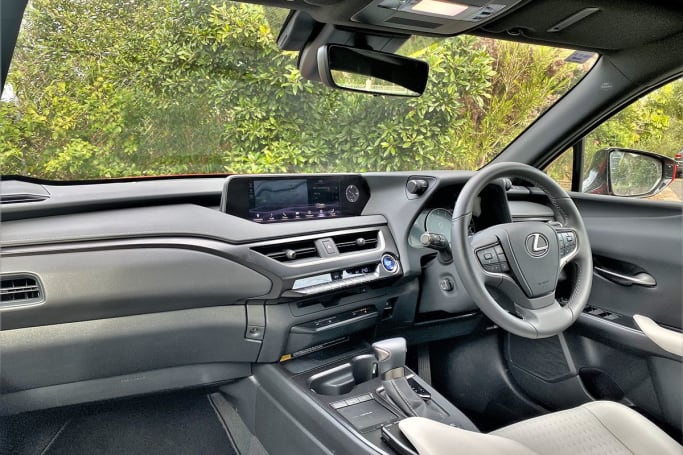Lucky you. Here’s a long-term test with a difference. Not only do you get a review of the Lexus UX over an extended period of time, you also receive a mini-comparison test – totally free of charge.
That’s because my review of the Lexus UX spans two powertrains: the petrol-powered, front-wheel drive UX 200 and its hybrid front-wheel drive twin, the UX 250h. Both in the entry-grade 'Luxury' specification.
The UX 200 will be covered in this first instalment, while the UX 250h will follow up in the next one.
So, what’s a Lexus UX? The UX is the smallest SUV model made by Lexus, measuring 4495mm long, 1840mm wide (not including mirrors) and 1520mm tall. Rivals are things like the BMW X1 and Mercedes-Benz GLA.
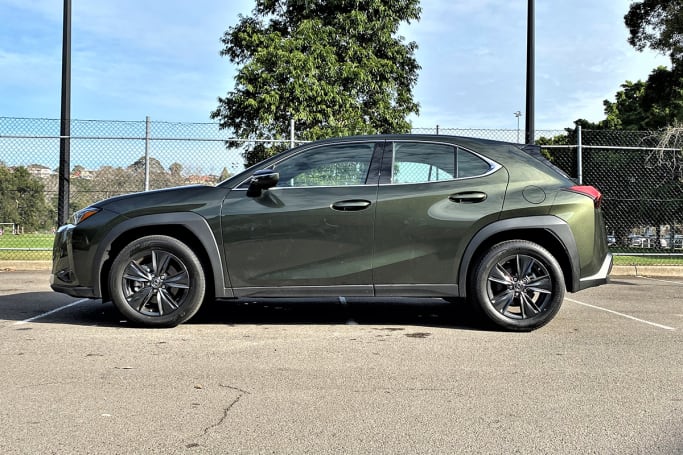
The UX has the big Lexus family face with its ‘Spindle’ grille and Nike swoosh LED daytime running lights. And as with every Lexus it gives off a high-end air that challenges its rivals' conservative styling.
The Lexus UX’s interior, even in the entry-grade Luxury, is posh, modern, and stylishly different with a large media screen, varying textured surfaces and plush comfortable touch points under the elbows and on the steering wheel, and there are those sumptuous seats.
The design feature I like most is fins on the tail-lights, joined by a continuous LED strip. Have a look at the images.
The thing I don’t like the most is the 'Remote Touch' media control pad. The frustration this has caused me can’t be quantified.
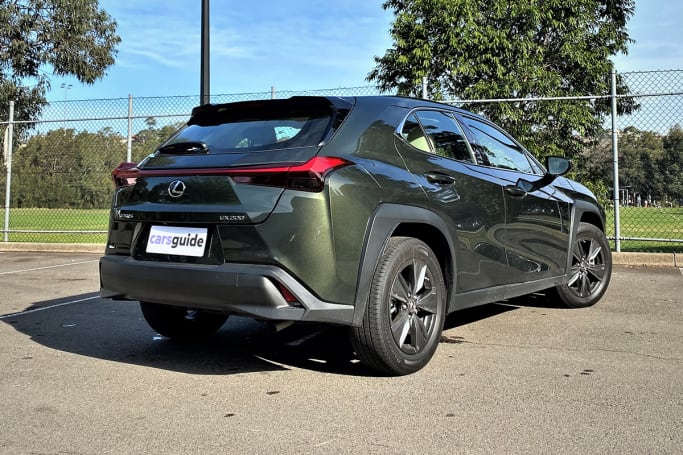
Imagine the worst laptop track pad you’ve ever experienced and multiply that by 10. Add a busy and confusing media menu, then think about trying to operate it while driving. It can sometimes be unsafe.
Right, let’s start with the UX 200 Luxury which, on June 18, was first to come to live with my family. The UX 200 Luxury is the most affordable in the range at $44,445. The only option being the 'Khaki Metal' green paint ($1500), paired with the standard 'Rich Cream' interior.
We’re a little family. There’s just three of us: my wife, our six-year old son and me.
We did all the stuff you might do, such as the shopping runs, the school picks-ups, adventures to reptile parks, that sort of thing.
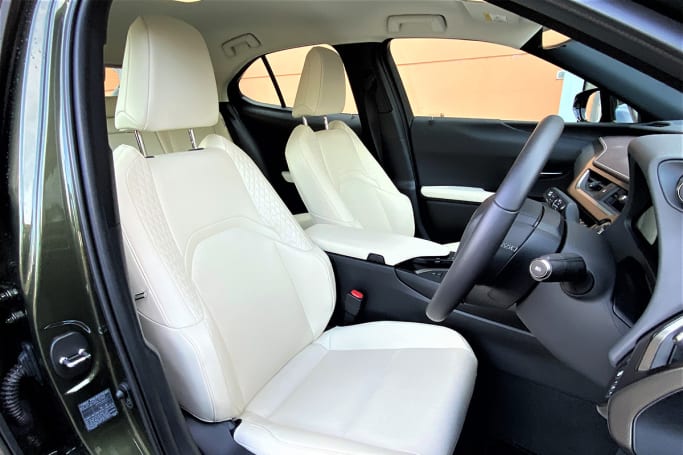
The UX is as small as we would possibly go. If we had two children it’d be too tiny for us because while the interior space is excellent, and it can carry four adults comfortably, it won’t fit all the gear which goes with a couple of kids.
The cargo capacity of the UX 200’s boot is 419 litres and there’s storage under the floor.
Cabin storage is okay, with a big centre console box featuring a double hinge lid, allowing it to be opened from the driver’s or front passenger’s side. But not both sides at the same time – I tried it.
There are big door pockets in the front, but no door pockets in the back. Rear passengers get seat-back pockets on both sides plus a fold-down armrest with two cupholders and there are another two cupholders up front.
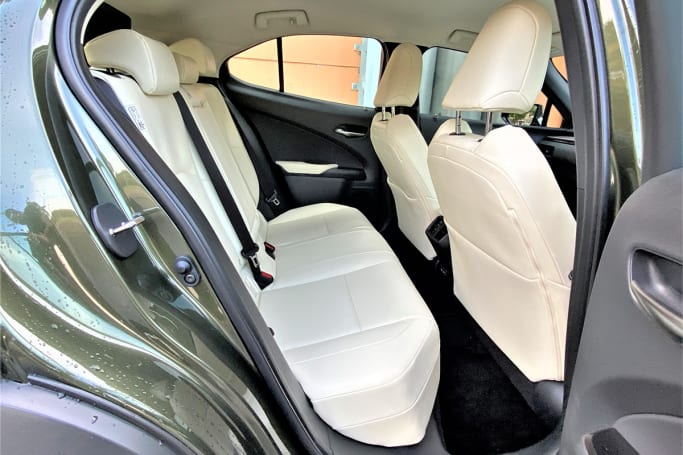
Although it's an SUV, the UX has a low ride height, and that meant a bit of bending putting my son into his car seat. A wide entry into the back seats made getting in and out for him easy, though.
Oh, and I kept introducing the doors to the footpath with a 'crunch!' Don’t worry Lexus, there’s no damage, but the chunky plastic side skirts on the doors mean there's no way of opening them far when parked next to a normal height gutter without butting into it. Bit of a design fault, I reckon.
With a list price just under $45K, the UX value equation is darn good compared to its prestige rivals. Coming standard is a 10.3-inch media screen, sat nav, an eight-speaker stereo, digital radio and a CD/DVD player (yes, you read that right).
You know I’m not a fan of the media screen menu and touch pad, but there are features which make life easier and more comfortable.
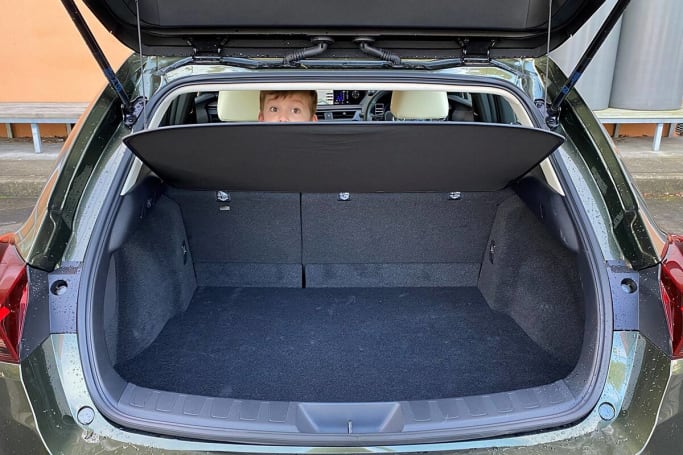
The proximity key means not having to take the fob out of your pocket to lock and unlock the car; the illuminated entry lighting is great for shining the way for a six-year-old climbing out in the dark; and heated seats through winter make it feel like driving in a hot bath... with clothes on.
The UX 200’s engine is a 2.0-litre four-cylinder petrol making 126kW/205Nm. Those outputs are completely normal for a little SUV at this price, and plenty for city driving and overtaking on motorways. Acceleration isn’t bad at all with 0-100km/h arriving in 9.2 seconds.
When it comes to driving, the strength of the UX is comfort. So much so that on any trip my wife pushed for the UX over other cars I was testing. It’s that comfortable, and it’s quiet.
Adding to that ride comfort is accurate steering with a good feel to it, and great visibility all around.
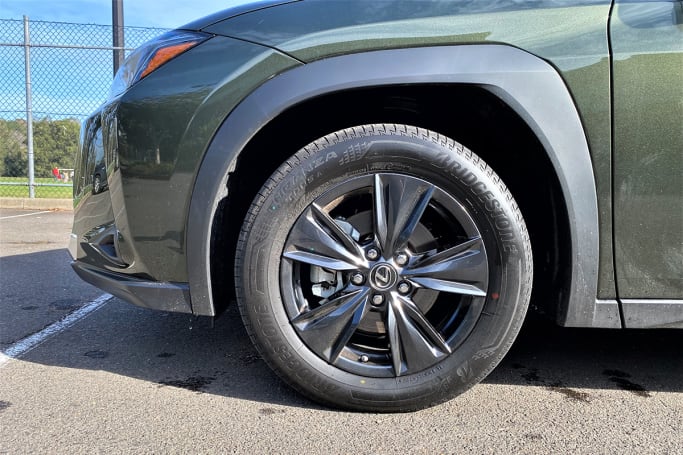
The UX 200 has LED headlights, a big plus as they’re brighter than the halogen lamps on many small SUVs. There’s also a decent level of advanced safety tech, including AEB with pedestrian and cyclist detection.
In terms of fuel consumption, the trip computer hovered around 7.5L/100km most of the time. But we tested this at the fuel pump and measured 8.1L/100km. That’s mainly city driving with the occasional weekend motorway trip.
The UX 200 Luxury was our family car for six weeks and the big takeaway is how comfortable it is. I wouldn’t recommend it to a family with two kids, but it proved (just) big enough for the three of us. And because we live in the city the small size made it easier to hook a park out the front of our apartment each day.
If you’re a couple, or a lone wolf, the UX 200 is going to suit you well, with space to comfortably carry two adults in the back.
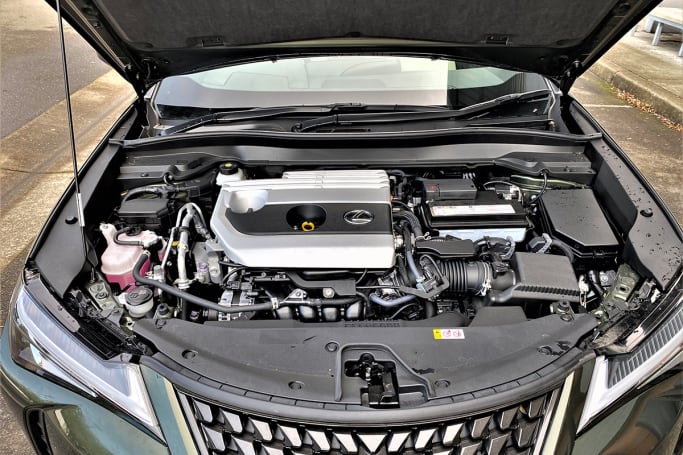
We handed the UX 200 back and in return were given almost exactly the same car. A UX, but this time the hybrid 250h, in the same Luxury grade.
The changeover happened just as Sydney went into a COVID-19-induced lockdown. With a 10km travel radius in place, this was going to be a very different test to the UX 200. No reptile park adventures for this one.
You can read all about our long-term short-trip test of the UX 250h in the next instalment.
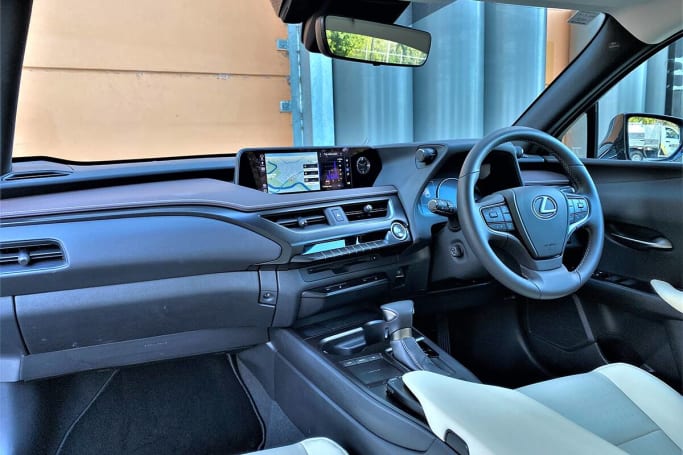
Acquired: June 2021
Distance travelled this month: 489km
Odometer: 1687km
Average fuel consumption for this month: 8.1L/100 (measured at the pump)



